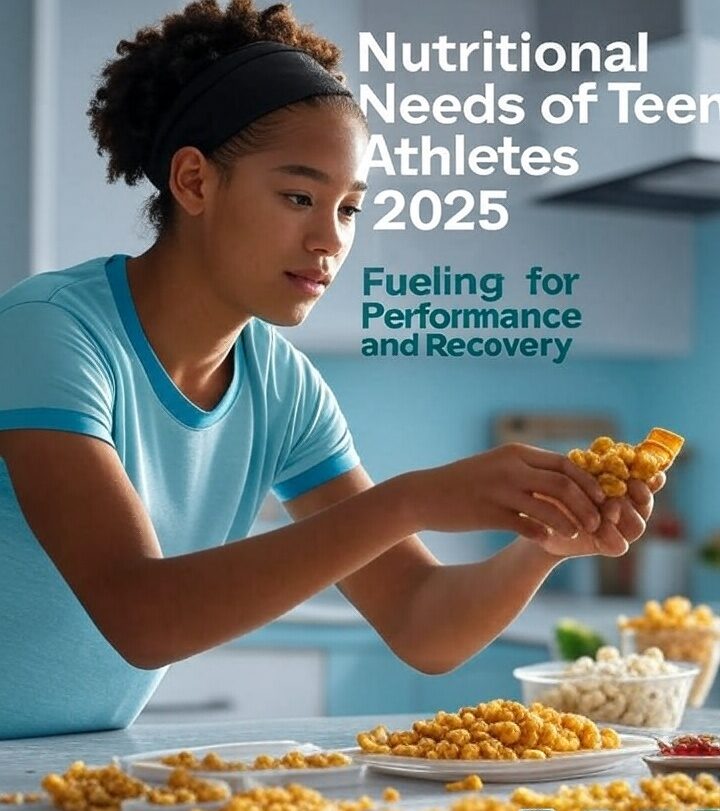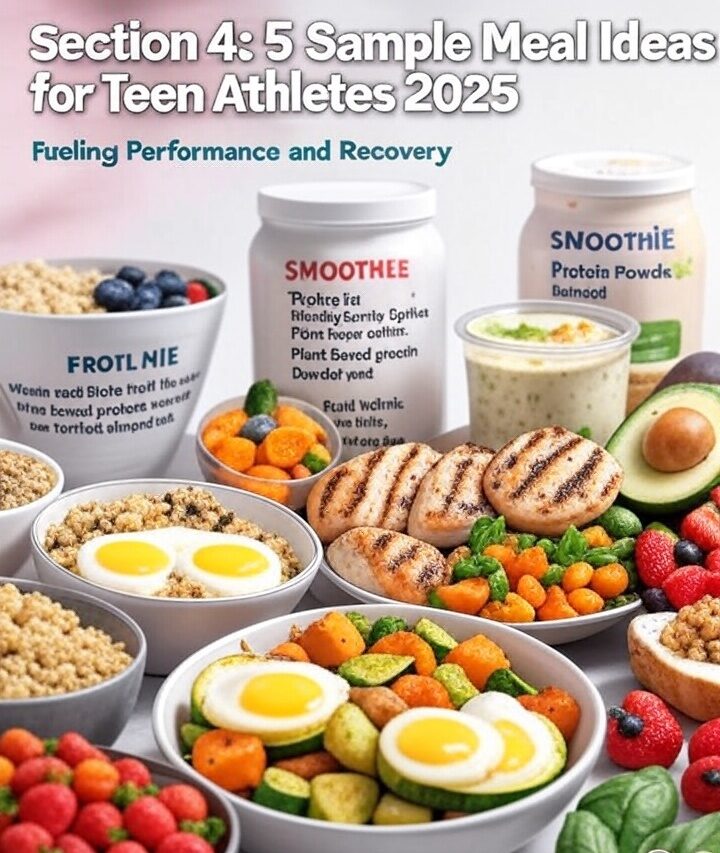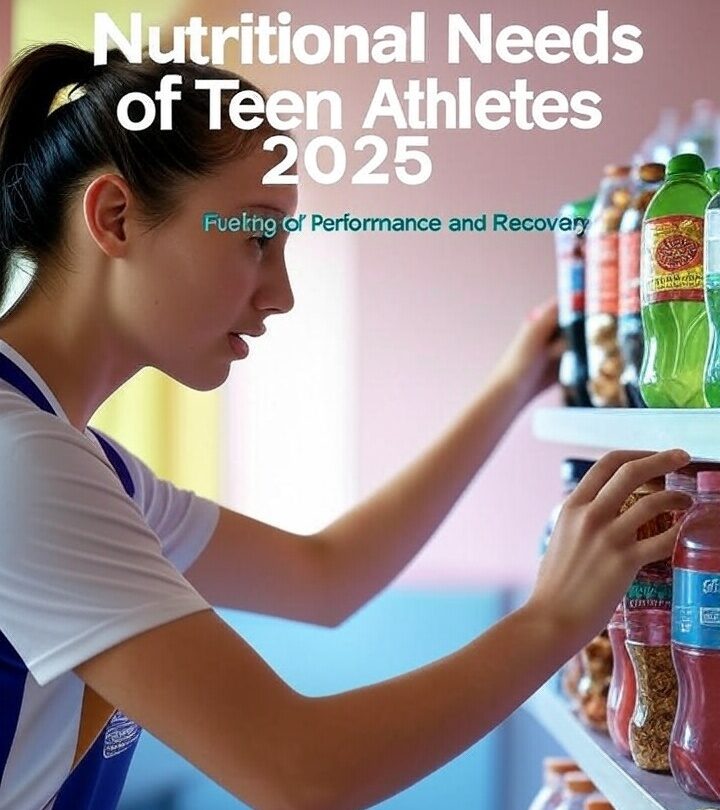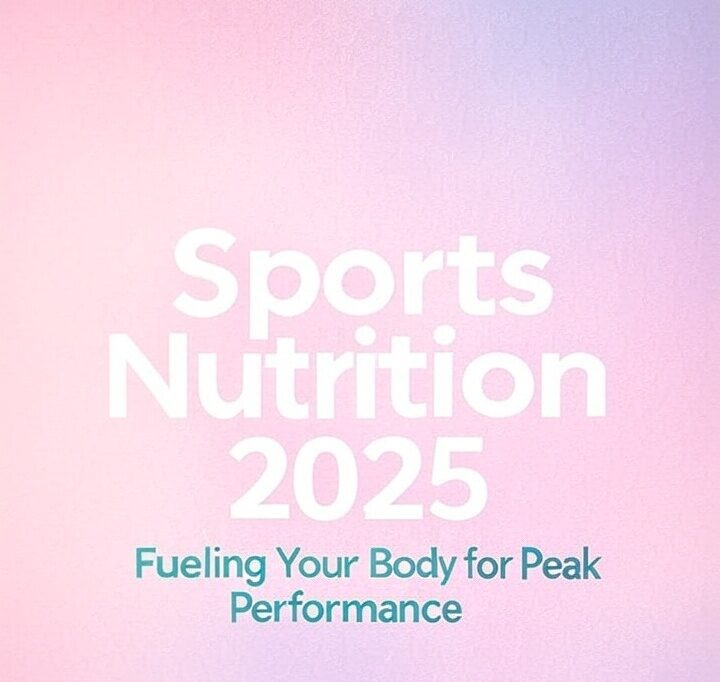Imagine your teen athlete, drained after practice, reaching for a soda instead of a nutrient-packed snack. In 2025’s competitive sports landscape, proper nutrition is a game-changer, fueling performance and speeding recovery. A 2024 American College of Sports Medicine study shows that meeting the nutritional needs of teen athletes enhances endurance, strength, and injury prevention, critical for active teens with energy demands of 2,000–3,500 calories daily.
Without targeted nutrients, teens risk fatigue, poor performance, or even injuries. Today, trends like personalized nutrition apps and plant-based performance foods make it easier to optimize diets (see our “Using Technology to Track and Improve Your Child’s Diet” and “Plant-Based Diets for Kids” posts for related insights). This guide delivers key nutrients, meal ideas, and practical tips to meet the nutritional needs of teen athletes, ensuring they thrive on and off the field. Fuel your teen’s success with nutritional needs of teen athletes in focus!

Section 1: Why Nutrition Matters for Teen Athletes
Proper nutrition is the cornerstone of success for teen athletes, fueling their intense physical demands and growth. According to the USDA 2020-2025 Dietary Guidelines, active teens require 2,000–3,500 calories daily to support both sports and adolescent development. Meeting the nutritional needs of teen athletes ensures they have the energy for practices, games, and recovery. Carbohydrates, like those from whole grains, provide sustained energy for endurance, while protein from sources like lean meats or beans aids muscle repair and growth, critical after intense workouts.
Nutrients like calcium and vitamin D strengthen bones, reducing the risk of stress fractures and injuries common in sports. A 2024 American College of Sports Medicine study emphasizes that balanced diets enhance performance and prevent fatigue. Long-term, proper nutrition lowers risks of obesity and chronic diseases (see our “Combating Childhood Obesity” post). Prioritizing the nutritional needs of teen athletes builds a foundation for peak performance and lifelong health.
Section 2: Key Nutrients for Teen Athletes
Meeting the nutritional needs of teen athletes requires targeting key nutrients to fuel performance, recovery, and growth. Here’s a guide to essential nutrients and their sources:
- Carbohydrates: The primary energy source for active teens, carbs from whole grains like brown rice, oats, or quinoa provide sustained energy for practices and games. Aim for 50-60% of daily calories from carbs.
- Protein: Vital for muscle repair and growth, protein from lean meats, beans, or tofu (see our “Plant-Based Diets for Kids” post for vegan options) supports recovery. Teens need 0.8-1.2 g/kg body weight daily.
- Healthy Fats: Avocado, nuts, and olive oil supply energy and support hormone balance, crucial for adolescent development. Include moderate amounts for long-lasting fuel.
- Calcium and Vitamin D: Fortified milk, leafy greens, or fortified plant-based milks ensure bone strength, reducing injury risks like stress fractures. Aim for 1,300 mg calcium and 600 IU vitamin D daily.
- Iron: Spinach, lentils, or red meat prevent fatigue by supporting oxygen transport. Pair plant-based sources with vitamin C for absorption, addressing the nutritional needs of teen athletes.
- Hydration: Water and electrolyte-rich drinks (e.g., coconut water) maintain performance and prevent dehydration. Teens should drink 8-12 cups daily, more during intense activity.
A balanced approach to these nutrients ensures the nutritional needs of teen athletes are met, boosting endurance and recovery. Consult a dietitian to tailor intake, especially for the nutritional needs of teen athletes in high-intensity sports.
Section 3: Challenges in Meeting Nutritional Needs
Meeting the nutritional needs of teen athletes can be challenging amid busy lifestyles and other barriers. Time Constraints: Packed schedules with school, practices, and games often limit meal prep, leading teens to grab fast food over nutrient-rich options. Planning quick, balanced meals is essential but tough. Picky Eating or Allergies: Some teens are picky or have dietary restrictions, like lactose intolerance or nut allergies, For more insights on fueling teen athletes, check out the American College of Sports Medicine’s resources on sports nutrition: https://www.acsm.org/education-resources/sports-nutrition.
Misinformation: Myths, such as needing excessive protein supplements, can lead to unbalanced diets or health risks; whole foods should be prioritized for the nutritional needs of teen athletes. Access: Budget constraints or limited access to healthy foods, like fresh produce or fortified plant milks, pose challenges, especially in underserved areas. These hurdles can undermine the nutritional needs of teen athletes, but with strategic planning, such as batch-prepping meals or using affordable staples like beans, parents and teens can overcome them to support performance and health.
Section 4: 5 Sample Meal Ideas for Teen Athletes
These balanced meals and snacks are designed to meet the nutritional needs of teen athletes, fueling performance and recovery with teen-friendly flavors.

- Chicken and Quinoa Bowl: Combine grilled chicken, quinoa, and roasted veggies like zucchini and sweet potatoes. Packed with protein and carbs, this bowl supports muscle repair and energy. Prep Tip: Batch-cook quinoa and veggies for quick assembly post-practice.
- Avocado Toast with Eggs: Spread mashed avocado on whole-grain toast, topped with boiled eggs. This snack delivers healthy fats and protein, meeting the nutritional needs of teen athletes for growth. Prep Tip: Pre-boil eggs for a fast, portable option.
- Smoothie with Protein Powder: Blend berries, spinach, plant-based protein powder, and fortified almond milk. Rich in antioxidants and protein, it supports recovery and meets the nutritional needs of teen athletes. Prep Tip: Use frozen berries for convenience.
- Trail Mix: Mix nuts, dried fruit, and whole-grain cereal for a portable snack high in iron and energy. Perfect for pre-game boosts. Prep Tip: Portion into small bags for on-the-go nutrition.
- Greek Yogurt Parfait: Layer Greek yogurt with granola and fresh fruit like strawberries. This provides calcium and carbs, addressing the nutritional needs of teen athletes for bone health. Prep Tip: Use reusable containers for school lunches.
These ideas make meeting the nutritional needs of teen athletes simple, tasty, and effective for busy schedules.
Section 5: Practical Tips for Parents and Teens
Meeting the nutritional needs of teen athletes requires smart strategies to fit busy lifestyles. Meal Prep: Plan and prep meals weekly, like chicken and quinoa bowls, to ensure consistent access to carbs, protein, and micronutrients. Batch-cook on weekends for quick grab-and-go options. Involve Teens: Let teens choose healthy snacks, like trail mix or smoothies, to boost engagement and ownership (see our “Healthy Snacks for Toddlers” post for kid-involvement tips adaptable for teens).
Supplements: Consult a dietitian to assess needs for supplements like protein powder or vitamin D, ensuring safe use (check our “The Role of Supplements in Pediatric Nutrition” post). Hydration Plans: Set phone reminders for water intake, aiming for 8-12 cups daily, or use electrolyte drinks during intense training. Tech Tools: Apps like Cronometer track nutrients, simplifying the nutritional needs of teen athletes (see our “Using Technology to Track and Improve Your Child’s Diet” post). These tips make fueling performance practical and effective for teens and parents.
Conclusion
Meeting the nutritional needs of teen athletes is crucial for boosting performance, speeding recovery, and supporting overall health. Key nutrients like carbohydrates, protein, and calcium fuel energy, muscle repair, and bone strength, while proper planning overcomes challenges like busy schedules or picky eating. In 2025, tech tools like Cronometer and performance foods like plant-based protein powders make it easier to optimize nutrition for active teens.
Try a meal like the chicken and quinoa bowl this week to fuel your teen’s success, and consult a dietitian for personalized guidance. Explore our series for more, such as “Plant-Based Diets for Kids” for vegan options or “Managing Food Allergies” for dietary restrictions. Meet the nutritional needs of teen athletes to unlock their potential—what’s your teen’s favorite post-workout snack? Share below !








Leave a Reply